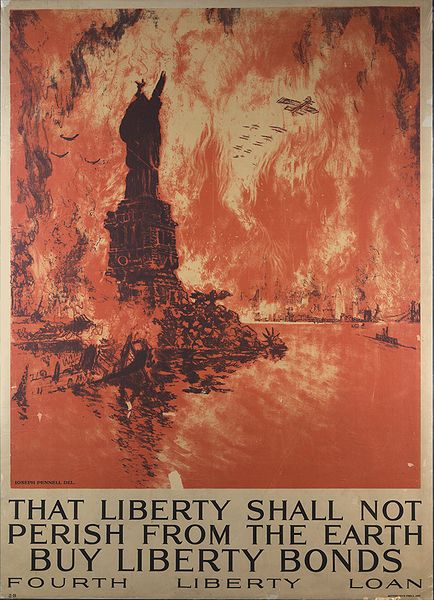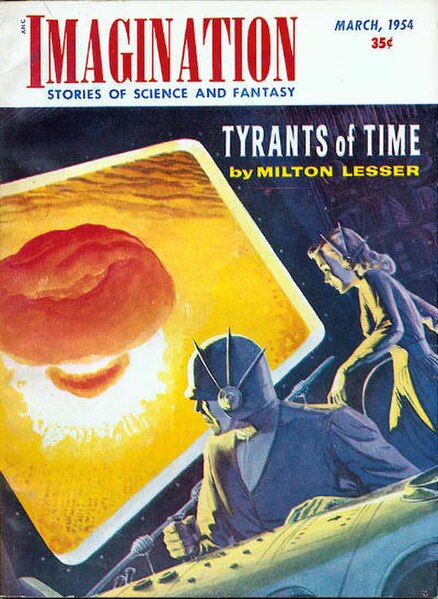The Day of the Triffids is a 1951 post-apocalyptic novel by the English science fiction author John Wyndham. After most people in the world are blinded by an apparent meteor shower, an aggressive species of plant starts killing people. Although Wyndham had already published other novels using other pen name combinations drawn from his real name, this was the first novel published as "John Wyndham".
First edition hardback cover
Apocalyptic and post-apocalyptic fiction
Apocalyptic and post-apocalyptic fiction is a subgenre of science fiction in which the Earth's civilization is collapsing or has collapsed. The apocalypse event may be climatic, such as runaway climate change; astronomical, such as an impact event; destructive, such as nuclear holocaust or resource depletion; medical, such as a pandemic, whether natural or human-caused; end time, such as the Last Judgment, Second Coming or Ragnarök; or any other scenario in which the outcome is apocalyptic, such as a zombie apocalypse, cybernetic revolt, technological singularity, dysgenics or alien invasion.
The apocalypse is also depicted in visual art, for example in Albert Goodwin's painting Apocalypse (1903).
Joseph Pennell's 1918 prophetic Liberty bond poster calls up the pictorial image of a bombed New York City, totally engulfed in a firestorm. At the time, the armaments available to the world's various air forces were not powerful enough to produce such a result.
Imagination magazine cover, depicting an atomic explosion, dated March 1954
An artist's 1922 depiction of a futuristic war





